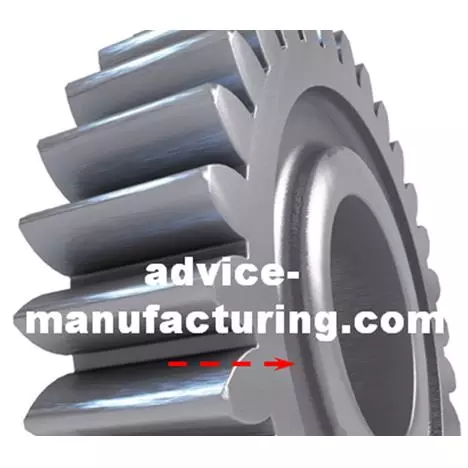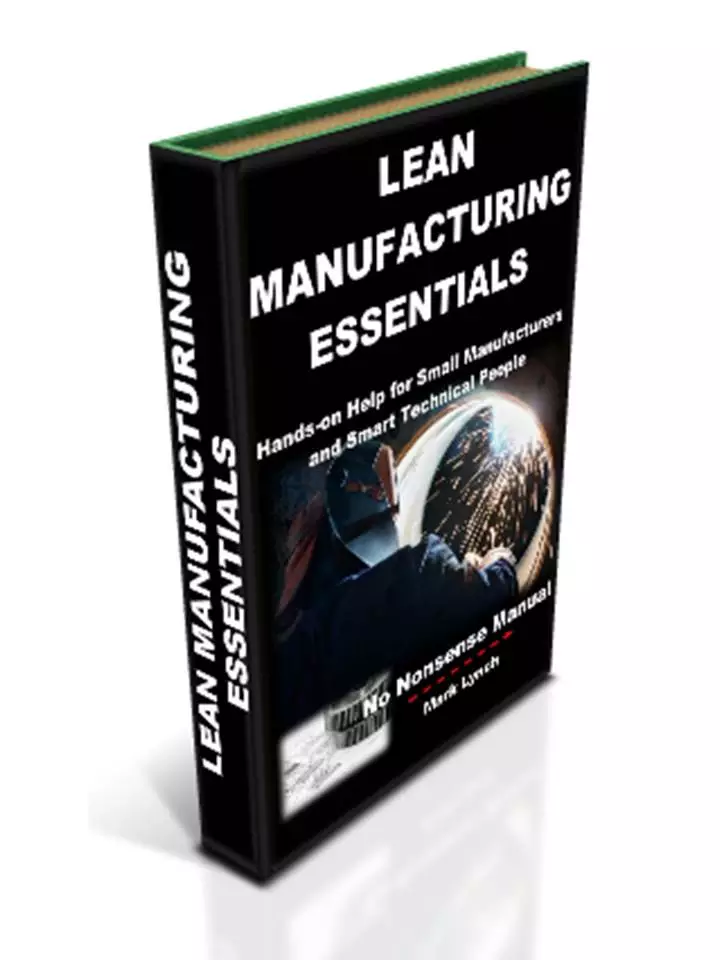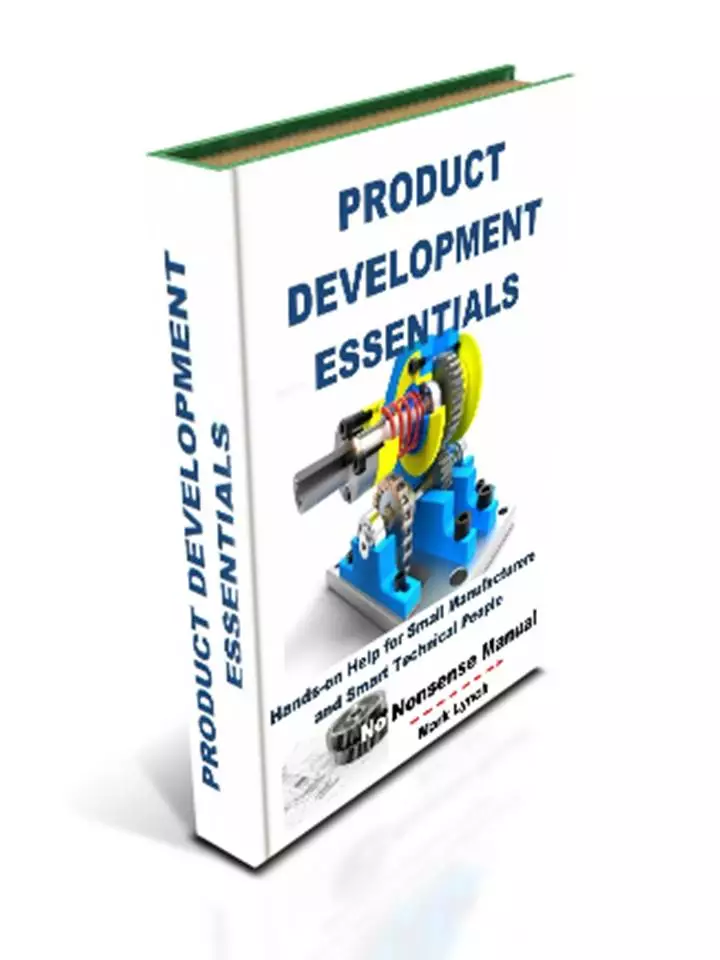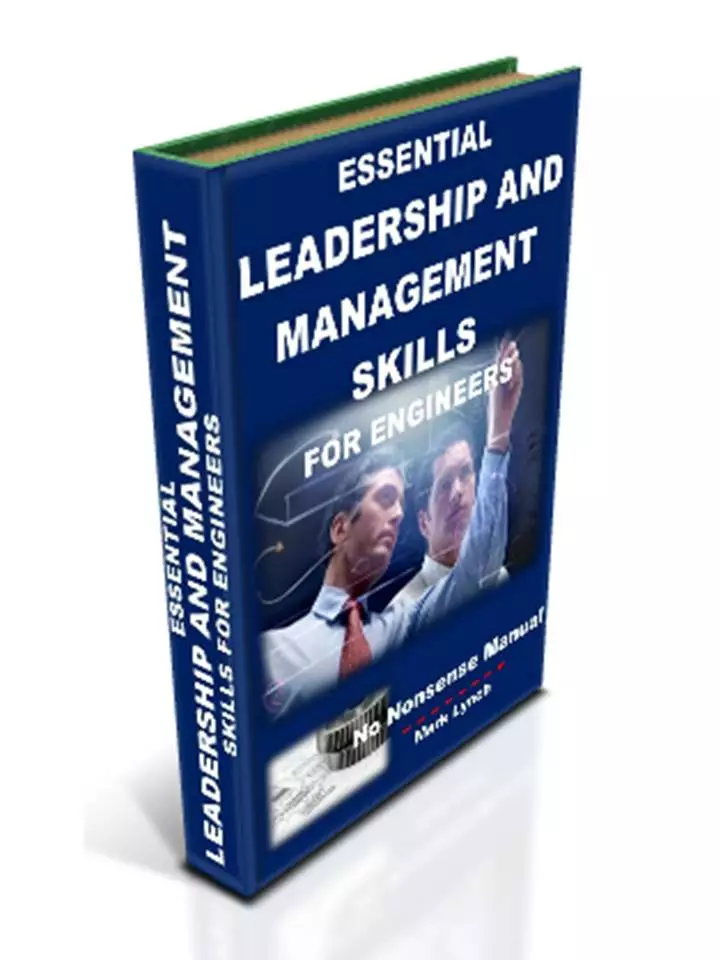'Hands-on Help for SMEs' and Smart Technical People'
Lean Manufacturing Outsourcing
Make or Buy Decision Making: Broader
Considerations
Lean Manufacturing Outsourcing
OK, cost and capacity are essential. But what are the other considerations likely to influence the ‘make versus buy’ decision? In order to make the right call, it’s important to have a complete picture.
In-house Manufacture: Reasons for Making
- Quality control. Ensure all items meet your spec and remain consistent over time.
- Reduced production costs. Potentially lower costs as you don’t have to include a margin on each part produced, unlike suppliers.
- Guarantee reliable supply. Make sure you have enough parts to meet your demand.
- Maintain critical skills, knowledge and expertise within your business. Particularly if this contributes to your competitiveness or unique selling point.
- Protect intellectual property and other innovations that add value.
- An opportunity to innovative through R&D and therefore differentiate yourself. Production improvements (and resultant cost reductions) include better fitting and assembly methods, jigs and fixtures.
- Get rid of unsuitable, unreliable or troublesome suppliers.
- Retain staff during periods of low demand. Avoid layoffs, thereby retaining skills and being prepared to rapidly exploit a more buoyant market in the future.
- A buffer against rises in supply costs and avoid being at the mercy of supplier collusion.
In-house Manufacturing Advantages - Practical Example
Outsourced Manufacture: Reasons for Buying
- Obtain functional or technical expertise beyond your current capability.
- Speed – suppliers may be able to produce parts far quicker than you could ever dream of.
- Inadequate internal quality control or processes to produce items to the required specification.
- Lower acquisition cost when compared to internal production.
- Free up capacity, space and resources.
- A patent may protect certain components; therefore you can’t legally reproduce them.
- Free up managers and others to get on with core business.
- Ensure alternative component sources to guarantee supply.
- Maintain supplier commitment and relationship, as well as obtain know-how for strategic reasons.
- Reduce inventory costs, including the overhead of managing them.
Why you'd Consider Outsourcing your Production
Other Important Make or Buy Considerations
- On-Time Delivery: If this is a critical factor, which option is positioned to best meet and guarantee it?
- Economies of Scale: Depending on the volume to be produced there may a natural limit on how much can be manufactured internally.
- If greater production volumes are needed in the future, is there the capacity to deliver using your preferred method of supply?
- What is the probability of success for either making or buying? What are the risks, likelihood and consequences of each?
- Responsiveness: If needed, how quickly could an in-house or outsourced supply arrangement respond to a dramatic change in demand for parts?
- If outsourcing is being considered, is it possible to visit, observe and talk to a prospective supplier?
- If so, what is your gut feeling?
- What is their track record like (references)?
- Are their values similar to yours?
- Are they likely to deliver on time, to the right quality and at the right price?
Practical Points for ‘Make or Buy’ Decision Making
The decision to manufacture something in-house or outsource it to suppliers varies depending on a wide range of factors, many of them unique to your circumstances. As such, there are no hard and fast answers that apply in all cases. Having said this, it is possible to maximise the chances of success by providing practical guidance, drawn from the considerations listed above. Therefore:
- Consider outsourcing if the activity does not add value and is not strategic to the business. For example, only keep the task in-house if it helps build core competencies and specialist skills, or the activity is critical to the success of the product (often quality related).
- The 2 biggest factors to help decide will be cost and available capacity.
- For cost, consider and compare the total costs of both in-house production and outsourcing. Available capacity applies only to the make in-house option. Here you need to understand what else you are committed to produce. Consider existing production schedules, as well as the skills available.
- Also take into account other factors from the list provided earlier for ‘buy’ and ‘make’ respectively. Similarly, consider broader considerations that apply equally to both, like delivery times, production volumes and responsiveness.
- If you decide to outsource, visit a supplier if possible to get a feel for their ability to deliver, as well as their sense of values. What is your gut feeling about them? What does their track record look like? How do they operate contractually and is it an arrangement you can work with?
- Why not bring experience into your ‘make versus buy’ decision and get a few knowledgeable employees together before making a judgement call. At minimum, get the opinions of both production and procurement employees.
Carefully consider all these points before being decisive, putting together a plan and executing it. Monitor and review how things are going, before making slight adjustments if you feel you need to. Lean manufacturing businesses realise the importance of make or buy decisions as part of their manufacturing strategy. For the most successful firms, it is central to cutting out non-value added activities and therefore focussing on making the most efficient use of their resources. Why not make it your aim too?
Next... How Automation can Dramatically Improve Your Production Processes
Back to Supply Chains for Small Manufacturers or Lean Manufacturing Essentials











